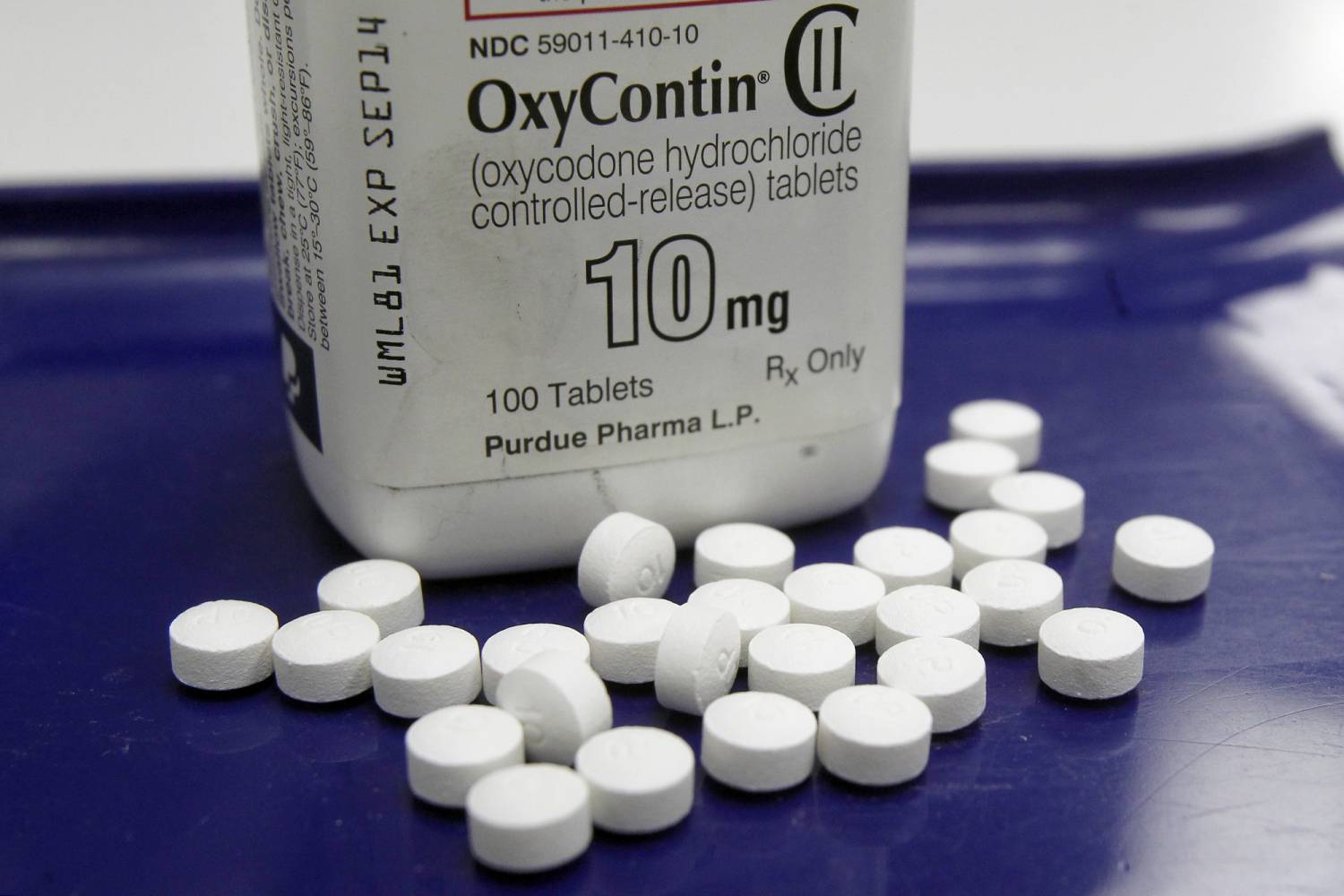When NJ.com reporters compared raw data about opioid deaths from various agencies in New Jersey to historical data, they made two startling discoveries.
First, thanks to overprescription and the rise of the dangerous synthetic fentanyl, the state was in the midst of the worst opioid overdose crisis it had ever seen. Second, the team had built the largest and most comprehensive trove of overdose data for a state that often fails to make important data available to the public.
“Why leave it just sitting on your hard drive?” said Stephen Stirling, a data reporter for NJ.com, who said he sees publishing this information as public stewardship.
The newsroom has published four full datasets related to opioid deaths that were compiled using public records requests to the New Jersey Medical Examiner and New Jersey Division of Consumer Affairs. Using a tool called Data.world, anyone can explore the data or use the information in their own work. Each database also provides a summary of the data, how NJ.com obtained it and notes of interest to readers.
Related Training: Find Stories in Data Faster and Collaborate Better with data.world: A Digital Tools Tutorial
Much of this falls in line with guidelines from the Associated Press Stylebook which, earlier this year, was updated to encourage journalists to “show their work” when telling stories with data.
“Just as we wouldn’t want to simply trust a government agency to do our analysis for us, we can’t simply ask our readers to trust that we’ve gotten the analysis right without showing them how we arrived at our findings,” Troy Thibodeaux, AP’s data editor, then wrote in an AP blog post.
The tool that Sterling and his team used to publish the opioid information, Data.world, is a free tool for data sharing and discovery. Unlike many other online data tools, Data.world focuses on building understanding and providing context for exploring the data for people without data savvy.
NJ.com’s data stories get a lot of inquiries from academics, nonprofits and researchers who are interested in learning more about the data and how it was collected, Stirling said, and Data.world can provide much of that information for them. But he also hopes that other New Jersey-based reporters will find the information the team publishes on Data.world useful.
“We know that other newsrooms in the state don’t necessarily have the resources to do that, or may be working on other stuff,” he said, adding that the team usually waits a day after stories run to publish datasets. “It doesn’t necessarily prohibit us from getting scoops, and that sense of competition is still there. But we’ll publish the story and then publish the data after it because it just feels like the good thing to do.”
Members of NJ.com’s data team had experimented with Data.world before, but they were inspired by the AP to adopt it across their team earlier this year.
Since 2013, the AP has distributed data behind national data-driven stories to its subscribers if the information was granular enough (meaning if they have data at the state level or below). Thibodeaux said that subscribers use this information to localize wire stories for their audiences.
The AP usually distributes data through a network of sites and tools, but the news cooperative began testing to data.world in March as part of a pilot program with more than 20 its subscribers.
The tool offers significant advantages over the old methods, Thibodeaux said. Communication with AP subscribers happens in the open — if one member asks a question, all can benefit from the answer. Subscribers receive instant notifications when new datasets become available. AP editors and subscribers can share comments with each other about new findings or story suggestions culled from the data.
“We’re hoping that a community develops where people can share their ideas,” Thibodeaux said. “‘Oh this is what’s happening in Dallas? Maybe this works in Houston.’”
The tool also makes data more accessible to less savvy subscribers. They can type their state or city name into the dataset on Data.world to pull localized information from the data without having to know how to execute code, Thibodeaux said. It also supports “data dictionaries,” where the creators of datasets can share definitions for different terms or fields that appear in the data.
AP’s six-month Data.world pilot program will end next month with an evaluation of member opinions, but it “seems to be working really well” so far, Thibodeaux said.
The real hope is that AP subscribers will use the data to make stories matter more to their audiences, an aim that NJ.com data reporters echoed.
“A lot of this is public records, public data, or data that should be more accessible to our readers. Why would we hoard it?” said Carla Astudillo, another data reporter for NJ.com. “We’re in the business of making things easier and tearing down the walls between our readers and this mysterious thing called data.”
Learn more about journalism tools with Try This! — Tools for Journalism. Try This! is powered by Google News Lab. It is also supported by the American Press Institute and the John S. and James L. Knight Foundation.







